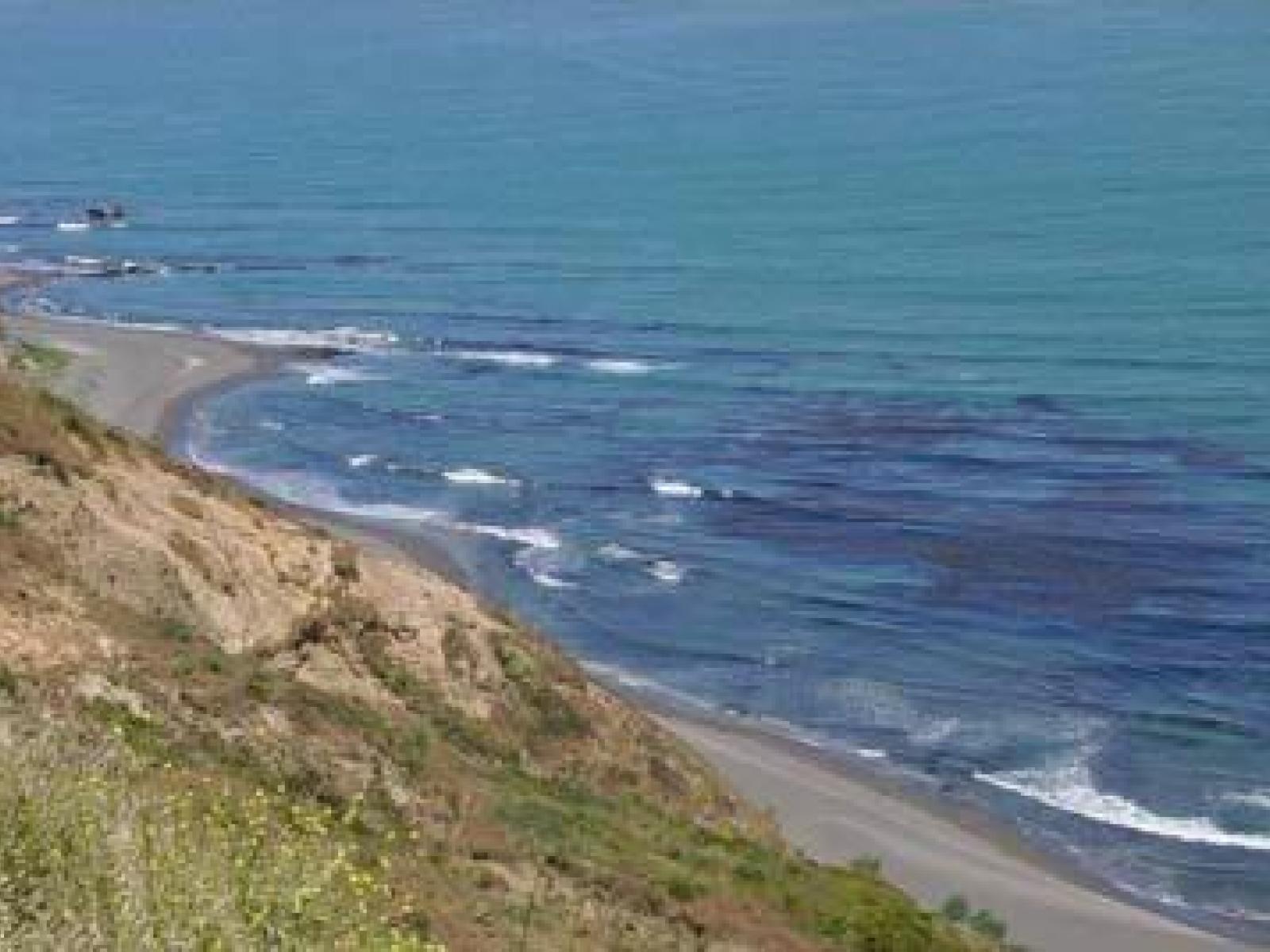An Overview Of Our Solution
- Population Impacted:
- Continent: América do Sul
Describe the problem
The Federacion de Pescadores de Navidad and the Local Council of Navidad jointly established a bottom-up marine sanctuary which is embedded between territorial user rights areas (TURFs) under the management of artisanal fishers. The novelty of the sanctuary relates to fisher engagement in linking TURFs with protected areas to achieve sustainability. The initiative provides a new alternative for marine conservation approaches in Chile. The initiative built upon local council officials, fishers and academics, that operate at different scales, with the common objective of achieving good governance of the ecosystem. International recognition of this initiative could provide important leverage to kick-start marine conservation bottom-up processes, such as this one, along the whole country.
